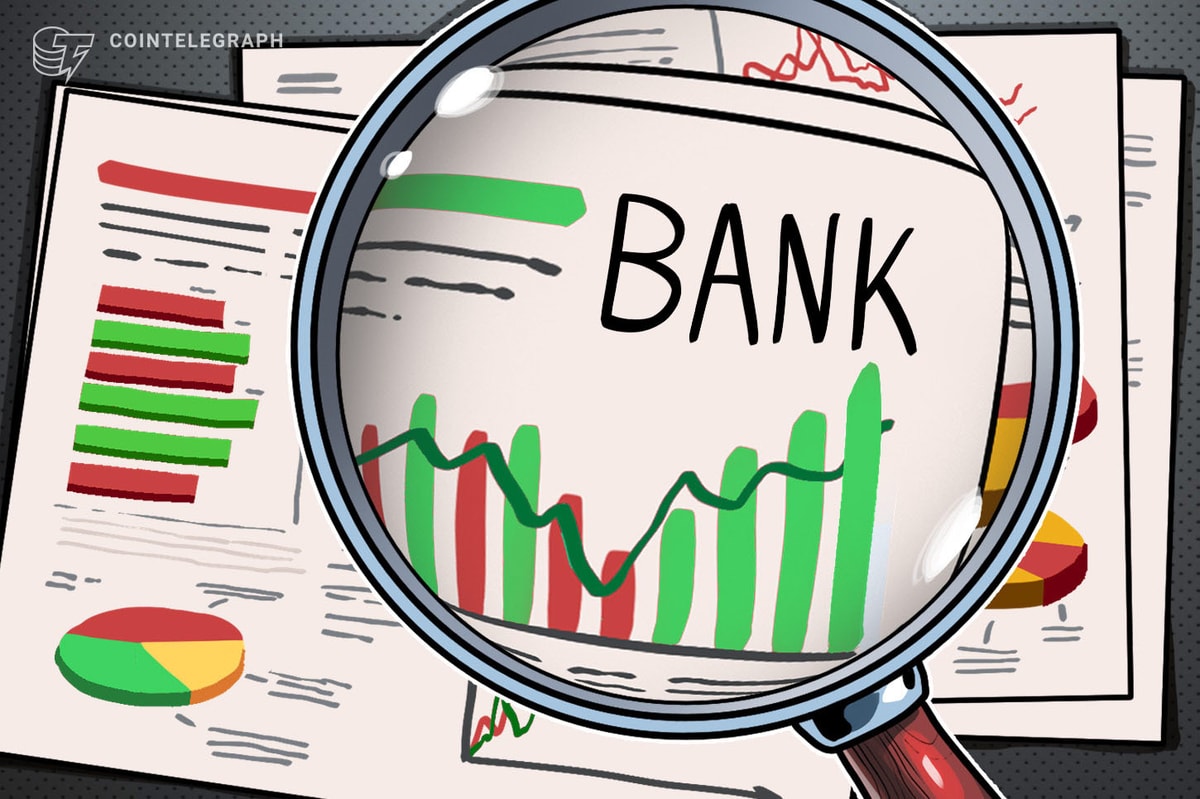A bank health check is a comprehensive assessment of a bank’s financial condition, performance and risk management practices. It is conducted by banki
A bank health check is a comprehensive assessment of a bank’s financial condition, performance and risk management practices. It is conducted by banking regulators or independent auditors to evaluate the bank’s ability to withstand adverse economic conditions and potential risks, including credit risk, market risk, liquidity risk and funding risk.
The bank’s financial statements, including the balance sheet, income statement and cash flow statement, as well as its risk management methods, are often thoroughly examined as part of the health check.
Here are nine fundamental metrics to analyze the health of a bank.
Why is a health check important?
It is important to perform a bank health check because it enables regulators and stakeholders to assess a bank’s financial stability and operational effectiveness. This enables prompt measures to reduce these risks and helps detect potential hazards and vulnerabilities that could impair the bank’s performance. Additionally, it supports financial sector stability and maintains public confidence in the banking system.
During the 2007–2008 global financial crisis (GFC), several poor practices contributed to the collapse of the global financial system. For instance, banks and financial institutions were providing loans to high-risk borrowers with poor credit histories, which resulted in a significant number of loan defaults. These subprime mortgages were packaged into complex financial instruments and sold to investors as high-yielding securities, ultimately leading to a collapse in the housing market.
The second-largest bank failure in United States history occurred on March 10, 2023, when Silicon Valley Bank (SVB) collapsed following a bank run, surpassing the largest bank failure since the 2008 financial crisis. During a period of near-zero interest rates, SVB invested heavily in U.S. government bonds, assuming they were a safe investment. However, this strategy backfired when the Federal Reserve began aggressively raising interest rates to curb inflation. As interest rates climbed, bond prices fell, resulting in a decline in the value of SVB’s bond portfolio and ultimately its collapse.
Related: Silicon Valley Bank collapse: How SVB stock price performed in 5 years
A lack of proper regulatory oversight allows financial institutions to engage in risky practices without proper checks and balances. Therefore, sound risk management practices are the key to a bank’s positive financial health and, ultimately, the effectiveness of the global financial system.
Key metrics to assess the health of a bank
The metrics that provide a unique insight into the bank’s financial health and performance are discussed below.
Economic value of equity (EVE)
Economic value of equity is a measure of the long-term value of a financial institution’s equity, taking into account the present value of its assets and liabilities. It indicates the amount of equity that would be left after liquidating all assets and liabilities and meeting all obligations. EVE is a frequently used measure in the computation of interest rate risk in the banking book (IRRBB), and banks must gauge IRRBB using this metric.
Regular appraisal of the EVE is required by the U.S. Federal Reserve. In addition, a stress test of plus or minus 2% on all interest rates is recommended by the Basel Committee on Banking Supervision. The 2% stress test is a widely recognized yardstick utilized for ascertaining interest rate risk.
The formula for calculating EVE is as follows:

For example, suppose a bank has a market value of equity of $10 million, and the present value of expected future cash flows from assets is $15 million, while the present value of expected future cash flows from liabilities is $12 million. Using the EVE formula, one can calculate the economic value of equity as follows:

Negative EVE indicates that the bank needs more money to meet its obligations because its liabilities exceed its assets. As a result, the long-term financial stability and ability of the bank to fulfill its obligations could be seriously jeopardized. Thus, it is essential that the bank implement corrective measures to enhance its economic equity value and lower its interest rate risk.
Net interest margin (NIM)
This represents the difference between interest income and expenses for a bank. It illustrates the bank’s ability to make money from its assets (loans, mortgages, etc.) in relation to its funding costs (deposits, borrowing, etc.).
Let’s take an example of a bank with the following financial data for a given year:
- Interest income earned on loans and securities: $10 million
- Interest expense paid to depositors and creditors: $5 million
- Total assets: $500 million
- Total liabilities: $400 million.
Using this information, one can calculate the NIM of the bank as follows:

This indicates that the bank makes a net interest income of one penny for every dollar of assets it holds. A higher NIM shows that the bank is more profitable since it is…
cointelegraph.com
